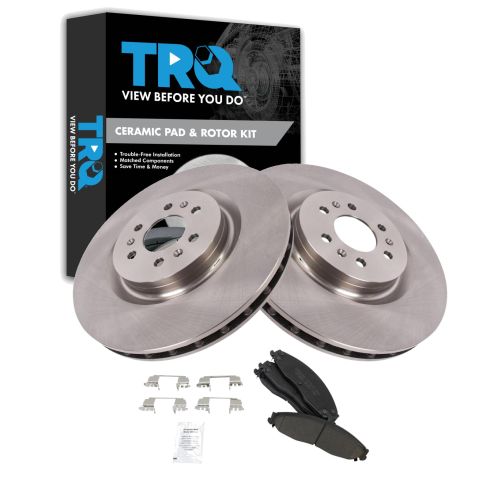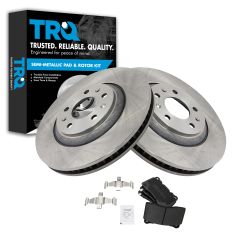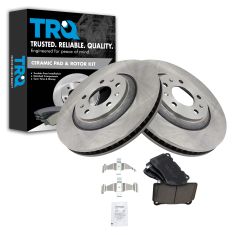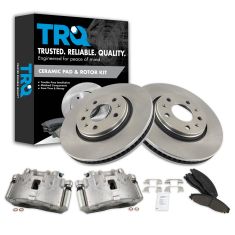1ABFS20122-Cadillac CTS STS Front 3 Piece Ceramic Brake Pad & Rotor Kit TRQ BKA48187

Replaces
2007 Cadillac STS V with RPO Code JL9 (Power 4 Wheel ABS Disc Brakes) Front 3 Piece Ceramic Brake Pad & Rotor Kit TRQ BKA48187

Product Reviews
Loading reviews
There are no reviews for this item.
Customer Q&A
No questions have been asked about this item.
Cadillac is a registered trademark of General Motors Company. 1A Auto is not affiliated with or sponsored by Cadillac or General Motors Company.
See all trademarks.
















